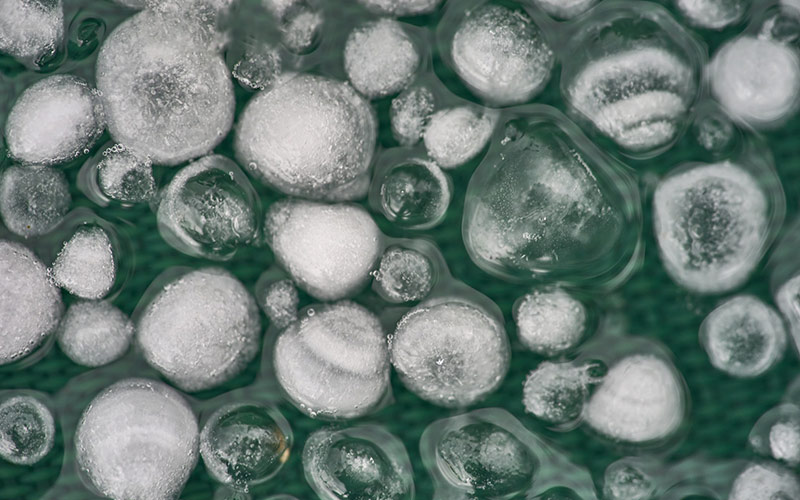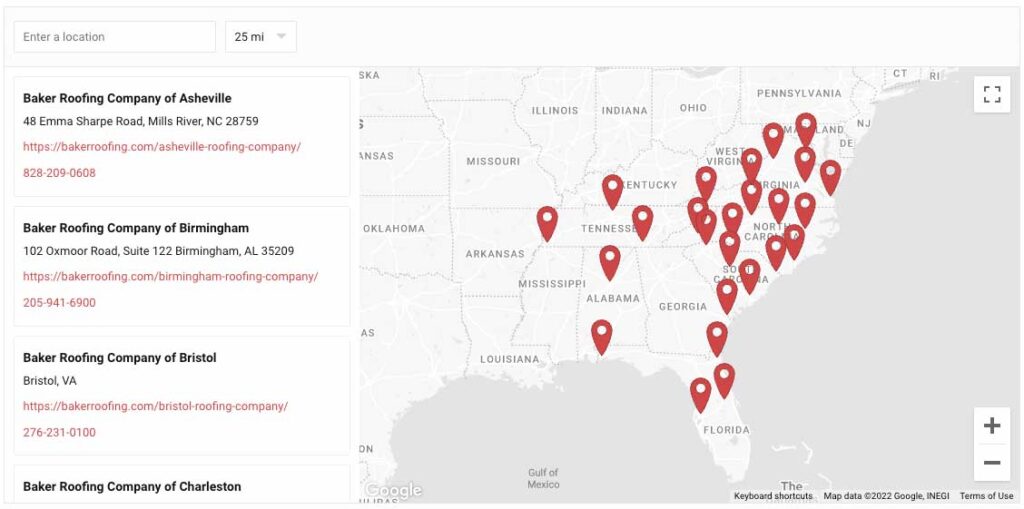What exactly is an impact-resistant shingle?
Why do I need impact-resistant shingles?
Roof longevity: When your shingles aren’t made to withstand inclement weather, it only takes a few years for hail and sleet to start producing tears in your roof, small enough to go unnoticed until you feel water dripping on your head in the middle of the night, seeping in through one of these openings. Once this happens, you’ll inevitably pay large sums of money to get your roof repaired (assuming you prefer a dry scalp), fixing the problem for the moment at a substantial cost. However, without IR shingles, you’ll only be putting a bandage over the deeper wound, and you’ll have to deal with those pesky leaks yet again in a few short years. However, if you start out with IR shingles, these repairs would be unnecessary, keeping you and your family comfortable for years – or even decades – longer.
Market appeal: If you’ve ever tried to sell a home, you know how grueling the process can be. So, make it a little easier for yourself with IR shingles. Buyers love to know that they’ll be safe from the elements when purchasing a new home, so they’ll be far more likely to buy when they see IR shingles lining the roof.
Saving money: It goes without saying that the fewer repairs you need, the less money you’ll have to put toward your roof. Consequently, though impact-resistant shingles have a moderately higher upfront cost, they pay for themselves in no time due to their long lifespan. However, did you know that in addition, many insurance companies give their clients a discount if they can prove they’ve installed IR shingles? Homeowner’s insurance can often be painfully expensive, so every penny saved is worthwhile. Check with your provider to see whether you can save in this way.
Which shingles are the most impact-resistant?
| Class | Description |
|---|---|
| Class 1 | The sample resisted being hit twice in the same spot by a steel ball with a diameter of 1.25 inches. |
| Class 2 | The sample resisted being hit twice in the same spot by a steel ball with a diameter of 1.5 inches |
| Class 3 | The sample resisted being hit twice in the same spot by a steel ball with a diameter of 1.75 inches |
| Class 4 | The sample resisted being hit twice in the same spot by a steel ball with a diameter of 2 inches |
So, if you want the most impact-resistant shingle on the market, you should definitely keep an eye out for a Class 4. The good thing is, most shingles which are marketed as impact-resistant are Class 4’s, though some Class 3’s may slip into that classification as well. Because of that, when in doubt, always check your shingle’s class rating to be sure you’re getting the best option available.
IR shingles truly are a game-changer in the roofing market, keeping your roof strong and sturdy for decades on end. So, if you’re interested in protecting your home while also improving its value and resiliency (and saving a little money along the way), they’re a worthwhile addition to your home improvement repertoire.
Still have questions? Baker Roofing is the trusted name in roofing all throughout the Southeast. Please don’t hesitate to contact our team to talk through your options and ensure you’re getting the roof you deserve.



